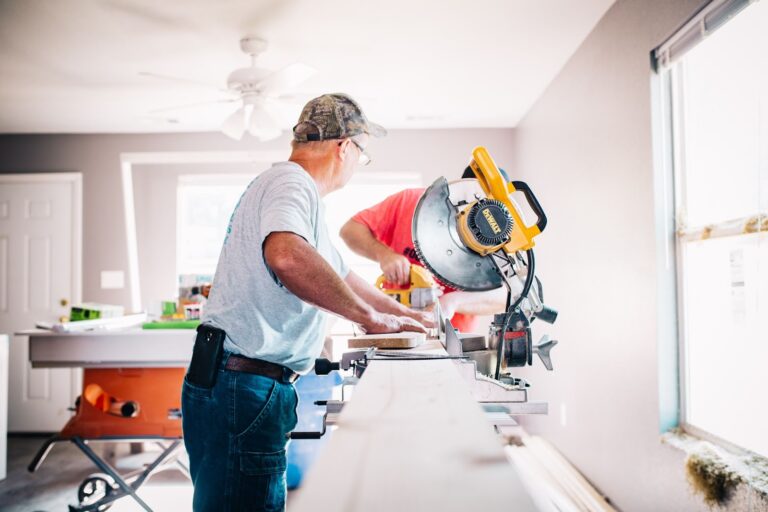Toxic Properties: Getting Rid Of 4 Toxins In Your Property
It’s possible that your home could be full of toxins. From banned building materials to mould spores, there are all kinds of toxins that can find their way into a property. Below are some tips on how to identify and remove a few common household toxins.

Toxic Properties: Getting Rid Of 4 Toxins In Your Property
Asbestos
Asbestos has been used to insulate and fire-proof homes for centuries. Use of asbestos in general construction was banned in 1999 after it became clear that asbestos exposure could lead to a deadly cancer known as mesothelioma. Many older homes that previously contained asbestos have since had the asbestos removed. That said, there are still many older buildings that are thought to contain asbestos.
There are companies that you can hire to inspect your property for asbestos, as well as carrying out safe removal of any asbestos that is found. Such a company could be worth investing for peace of mind.
Radon
Radon is a carcinogenic gas that naturally seeps up through the earth. It is more common in certain areas – this radon map shows you some of the areas of the UK where radon is most common.
This gas is only a problem when allowed to build up within a property. Radon poisoning can be avoided by keeping a home well ventilated or by sealing the foundations to avoid radon getting in. A radon test kit can meanwhile be used to help you determine whether there is radon in your home.
Heavy metals
Heavy metals like mercury and lead can be very toxic if ingested or breathed in. Such heavy metals used to be regularly used in paints, pipes and thermometers, but you typically don’t get them in homes anymore as they’ve largely been banned. Some old homes still have traces of lead on walls as a result of lead paint that has never been removed. There are also other ways in which heavy metals can get into a property – certain drugs like meth can produce these toxins when smoked and manufactured. Even if you have never touched such drugs, there could be a risk that a previous occupant has.
It’s possible to carry out lead testing and drug testing for properties. This can help you determine whether there are toxic heavy metals in your home. These can then be safely removed by professionals.
Mould
Mould is a fungus that thrives in dark and damp conditions. It is very common in homes – particularly in wet rooms like bathrooms. On top of looking unsightly, mould can become a health hazard if allowed to grow and spread. When mould spores are breathed in repeatedly, respiratory problems can develop. This is why it’s important to get in touch with professionals who can eradicate mold damage safely and thoroughly.
There are anti-mould sprays that you can buy to quickly kill this fungus. For serious outbreaks, it may be better to hire a professional company to handle removal. Any sources of damp will also need to be dealt with, otherwise the mould will come back. Water damage restoration companies may be able to help you with this task.
Conclusion
In conclusion, the presence of toxins in your property can pose significant health risks and must be addressed immediately. Asbestos, radon, heavy metals, and mould are the most common toxins found in residential and commercial properties.
Asbestos removal, radon testing and mitigation, professional cleaning, and moisture control are effective methods to get rid of these toxins. It is crucial to consult with professionals to identify and address the source of the problem to prevent health hazards and promote a safe and healthy living or working environment. Taking action to remove toxins from your property can ultimately improve the quality of life and well-being of everyone in the space.








